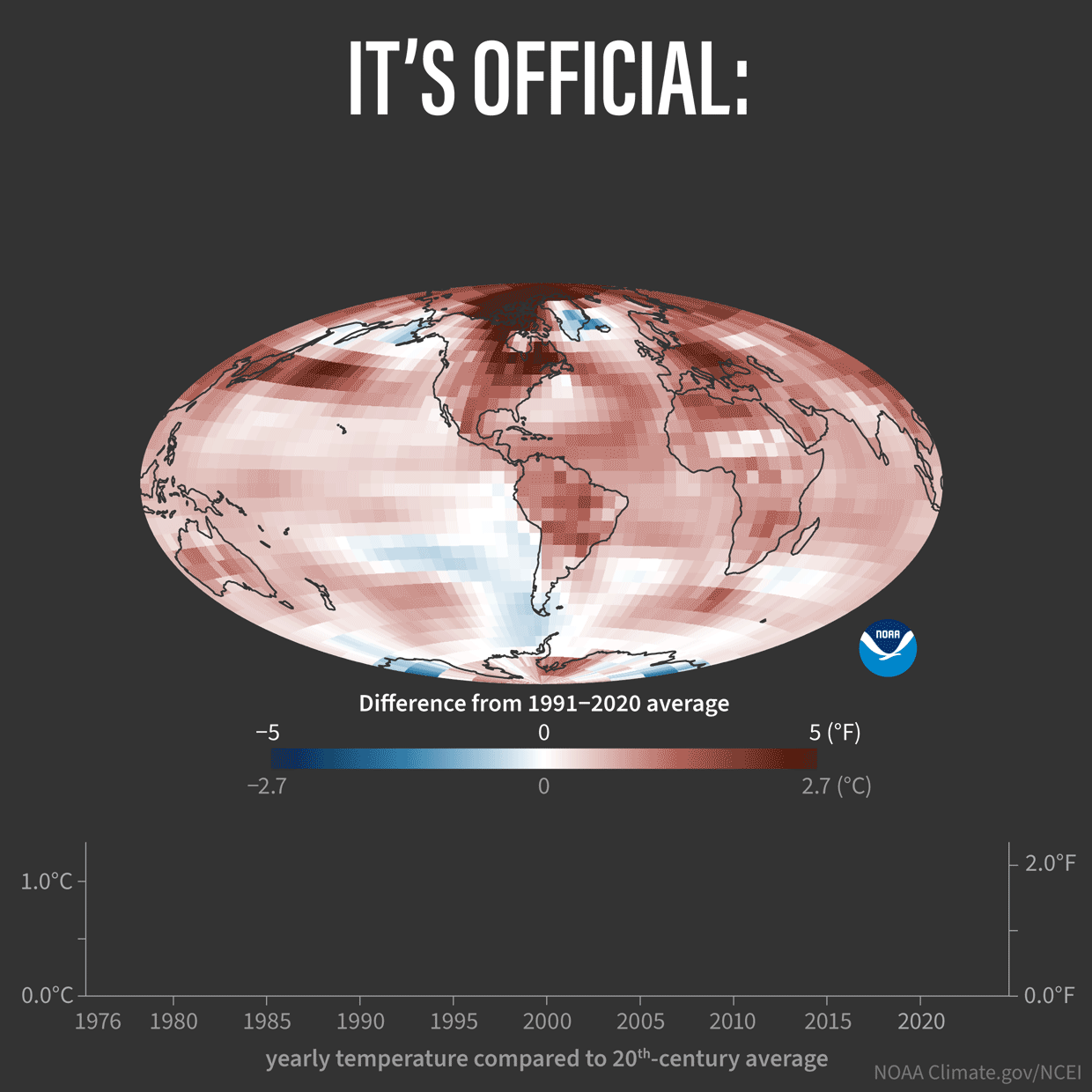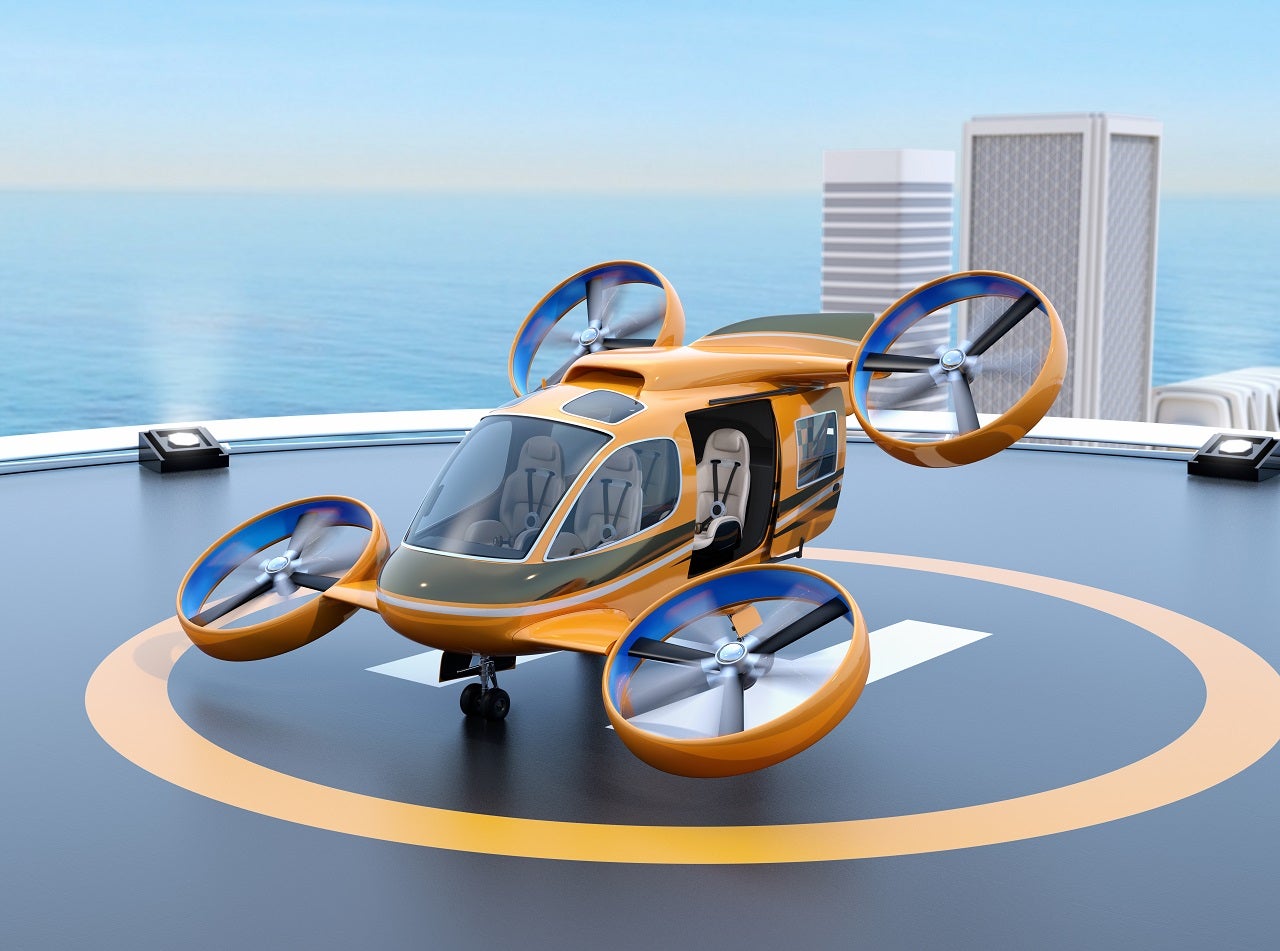As global warming reshapes travel, summer flights might carry fewer passengers—but electric air taxis and breakthrough climate tech could help change the game.
In 2024, the world recorded its warmest year since data collection began in 1850 (Lindsey and Dahlman). Greenhouse gasses (GHG) are the primary cause of this warming. The transport sector alone accounts for roughly 15% of total global greenhouse gas emissions, making it the second largest source of global emissions after the electricity and heat use sectors (C2ES). Within this, road transport and aviation being the largest source of emissions, accounting for 69 and 12% of transport emissions respectively (United Nations).

In May 2023, 15.9 million Canadians were commuting to work by car – a 3.3 million increase from 2021, with most commuters concentrated in Ontario. This surge in transport use was not just limited to cars, passengers from all modes of travel rose significantly. Air travel in particular has been steadily rising over the past years and the number passengers enplaned and deplaned at Pearson Airport saw an increase of 6 million from 2023 to 2024 (Government of Canada).
Rising Air Travel and Warm Temperatures Can Affect Flights
Following a similar increase in transport use, different sites across Europe have observed the effects of rising air temperatures on various operations, one of which is aircraft performance. Warmer air is less dense, making it harder for planes to generate lift during take-off. A study focused on the Airbus A320, an aircraft also used by Air Canada, states that by 2060 some airports may require take-off weight to be reduced by 10 passengers during the summer months (Williams, Jonny, et al.).

If Europe is already seeing impacts, Ontario — home to Canada’s busiest airport — could face similar operational challenges without strong emissions reductions. Toronto Pearson handles over 50 million passengers a year, and higher temperatures can force weight limits, flight delays, and reduced capacity during hot months. Acting now to cut emissions and adopt adaptive measures will help prevent these near-future disruptions (Pearson Airport).
Electric Air Taxis: Cutting Aviation’s Carbon Footprint
Many new technologies are emerging each day to help combat global warming, and one such example are the electric air taxis, or eVTOLs, which offer a cleaner alternative to traditional forms of air and ground transportation. Unlike conventional vehicles or airplanes that burn fossil fuels and release large amounts of CO₂ and other harmful pollutants, eVTOLs are fully electric and produce zero tailpipe emissions. This means they can significantly reduce the amount of greenhouse gases and air pollutants in the atmosphere. When powered by renewable energy, eVTOLs become even more environmentally friendly, helping to lower the overall carbon footprint of transportation systems. By shifting toward this technology, cities can reduce their contribution to climate change while also improving public health through cleaner air (Science Daily). Saudi Arabia has already made history by conducting the world’s first air taxi trial using a fully electric pilotless aircraft. This trial marks a major advancement in integrating safe and sustainable air mobility into real-world operations for a greener future (Penglobalinc).

Geoengineering as a Stopgap: Using Existing Aircraft to Cool the Planet
We still have a lot of existing technology that cannot be replaced by electric planes overnight or phased out quickly, so it’s important to consider what to do with these technologies. A promising technique to help cool the planet involves adding particles to the atmosphere to reflect sunlight, which could be done using existing large planes rather than developing special aircraft. According to a recent modeling study led by University College London researchers, injecting particles at lower altitudes above the polar regions using commercial jets like the Boeing 777F could meaningfully cool the planet. While this lower-altitude approach requires more particles and carries some risks like increased acid rain, it can be deployed sooner as it doesn’t require expensive new aircraft development (Science Daily).

While new technologies like electric air taxis and geoengineering offer hope, urgent action to reduce emissions and adopt sustainable solutions remains essential to ensure a safe and cleaner future for aviation and our planet.
World Car-Free Day!
September 22 marks World Car-Free Day, a perfect chance to reduce emissions by leaving your car at home and choosing transit, biking, or walking instead. Let’s all do our part to create cleaner air and a healthier planet. Want to help amplify voices and drive real climate action? Click the link to register for our next event and learn how you can make a difference in your community! https://lu.ma/a2ovg0b0?tk=znlCVK
.png)
Source
- Lindsey, Rebecca, and Luann Dahlman. “Climate Change: Global Temperature.” Climate.gov, National Oceanic and Atmospheric Administration, 29 May 2025, www.climate.gov/news-features/understanding-climate/climate-change-global-temperature.
- C2ES. “Global Emissions | Center for Climate and Energy Solutions.” Center for Climate and Energy Solutions, 4 Jan. 2018, www.c2es.org/content/international-emissions/.United Nations. “Climate Action Fast Facts.” United Nations, United Nations, 2025, www.un.org/en/climatechange/science/key-findings.
- United Nations. “Climate Action Fast Facts.” United Nations, United Nations, 2025, www.un.org/en/climatechange/science/key-findings.
- Government of Canada, S. C. (2023, August 22). Commuting to work by car and public transit grows in 2023. https://www150.statcan.gc.ca/n1/daily-quotidien/230822/dq230822b-eng.htm
- Government of Canada, Statistics Canada. New Motor Vehicle Registrations: Quarterly Data Visualization Tool. 27 July 2021, www150.statcan.gc.ca/n1/pub/71-607-x/71-607-x2021019-eng.htm.
- Government of Canada, Statistics Canada. Air Passenger Traffic at Canadian Airports, Annual. 27 Dec. 2017, www150.statcan.gc.ca/t1/tbl1/en/tv.action?pid=2310025301.
- Williams, Jonny, et al. “Quantifying the Effects of Climate Change on Aircraft Take-off Performance at European Airports.” Aerospace, vol. 12, no. 3, 20 Feb. 2025, p. 165, https://doi.org/10.3390/aerospace12030165. Accessed 14 Apr. 2025.
- “Fast Facts.” Pearson Airport, www.torontopearson.com/en/corporate/media/fast-facts.
- “New Research Reveals How Large-Scale Adoption of Electric Vehicles Can Improve Air Quality and Human Health.” ScienceDaily, 2024, www.sciencedaily.com/releases/2024/10/241015183510.htm.
- “AIR TAXI: The next Modern Urban Mobility Transport System.” Penglobalinc.com, 2024, www.penglobalinc.com/air-taxi-the-next-modern-urban-mobility-transport-system. Accessed 31 Aug. 2025.
- “Geoengineering Technique Could Cool Planet Using Existing Aircraft.” ScienceDaily, 2025, www.sciencedaily.com/releases/2025/04/250428221708.htm.
- “What Is Solar Geoengineering.” Solar Geoengineering Non-Use Agreement, www.solargeoeng.org/what-is-solar-geoengineering/.
%20(4).png)

